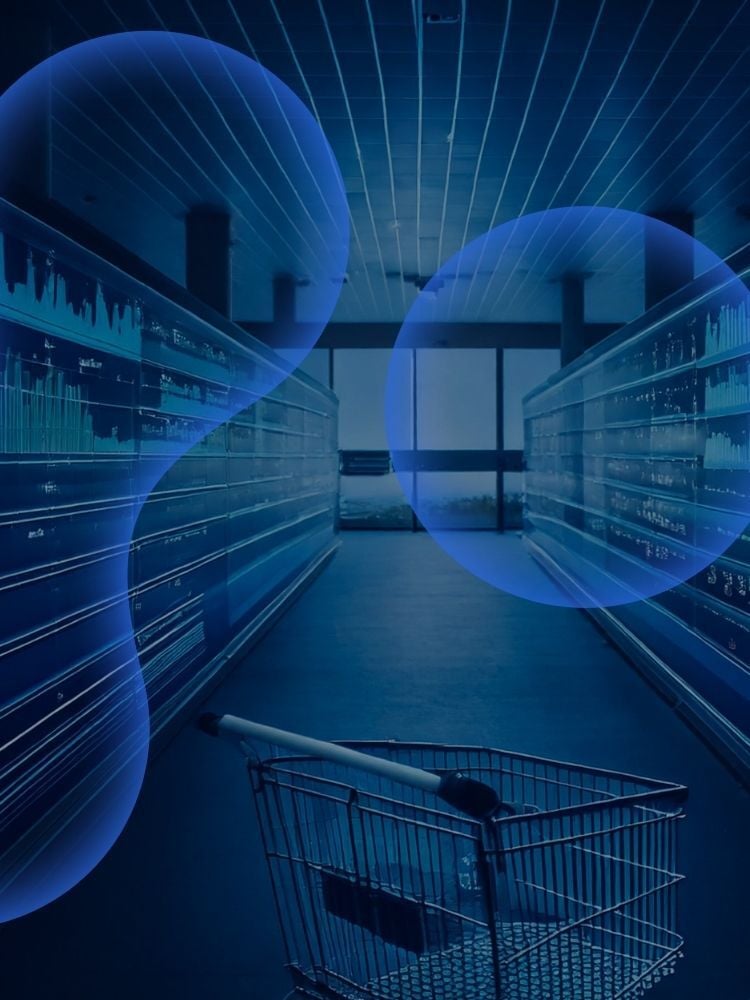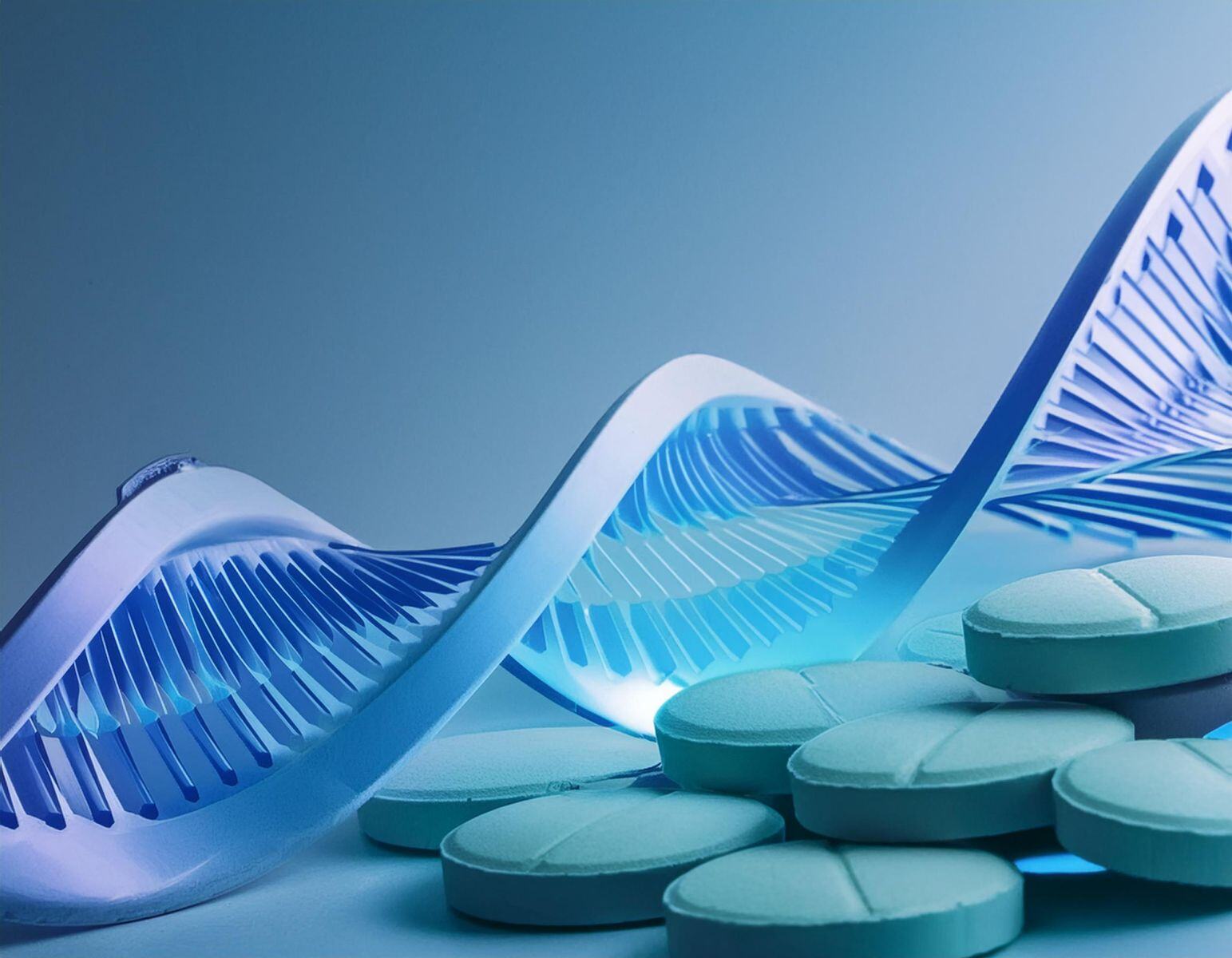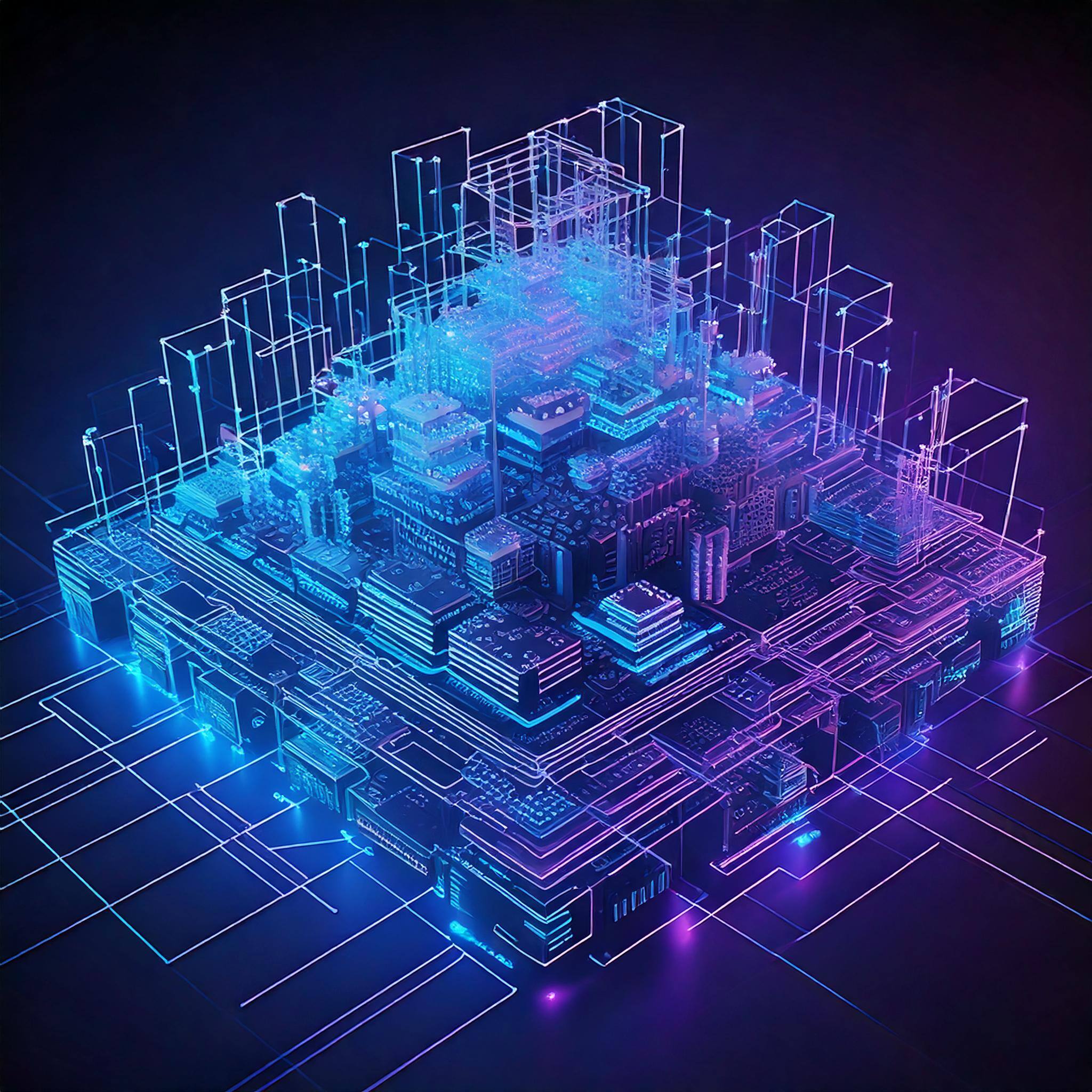This trend marks a revolutionary change in how companies manage and use their data, transforming the fundamental principles of data processing and analytics.
Some defining features of this trend include:
Declarative Data Transformations
What is it?
Declarative Data Transformations refer to a method of data processing where the focus is on what the outcome should be, rather than how to achieve it. This approach is contrasted with imperative programming, which requires explicit instructions on how to perform tasks.
Why is this helpful for my organization?
Declarative Data Transformations offer benefits in terms of simplicity, maintainability, performance, and a strong focus on business logic. These advantages make them particularly suitable for complex data environments and for teams looking to streamline their data processing workflows.
Download the Full Trends Report
Live Pipelines: A Modern Approach to ChangeData Feeds
What is it?
Live Pipelines revolutionize ChangeData Feeds by facilitating instantaneous updates and seamless incorporation of evolving data streams into analytical workflows. This immediacy contrasts with traditional batch processing methods, ensuring that the data fed into analytics systems is as current as possible.
Why is this helpful for my organization?
This approach significantly enhances the capacity for real-time data analysis and decision-making, ensuring that businesses can quickly respond to dynamic data changes.
Data Defragmentation
What is it?
In the context of Modern Data Platforms, data defragmentation refers to the process of consolidating and integrating fragmented data from various sources into a cohesive, unified system.
Why is this helpful for my organization?
Merging data from multiple silos into a single platform makes data more accessible to different departments and teams, allows for greater standardization of data and reduced redundancies, and creates datasets that are more suitable for advanced analytics techniques.
Data “Cloudtainers”
What is it?
"Cloudtainers” are nimble, container-based data ecosystems designed to effortlessly transfer data between local (on-premises) and cloud infrastructures.
Why is this helpful for my organization?
By efficiently managing data storage and processing, cloudtainers can help reduce operational costs and enhance performance. Cloudtainers also enable organizations to scale their operations up or down based on demand without significant infrastructure changes. This flexibility is crucial for handling fluctuating workloads and business growth.
Unique Data Layer
What is it?
Modern Data Platforms emphasize the creation of a unique data layer, which refers to a unified, centralized layer for storing and managing all of an organization's data.
Why is this helpful for my organization?
The centralization provided by a unique data layer simplifies data tasks like backups, updates, and security management and allows for more cohesive analytics and reporting. It also facilitates easier and more efficient access to data for employees across the organization.
Care for Data as a Code
What is it?
Treating data as code is a concept that applies principles from software development to data management. This approach involves versioning, documenting, and tracking data in a manner similar to how software code is managed
Why is this helpful for my organization?
Treating data as code can improve data quality and integrity, enhance collaboration and transparency, streamline data management processes, and improve data security and compliance. It may also help facilitate agile and iterative approaches. In software development, agile methodologies allow for rapid iteration and responsive changes.Treating data as code enables a similar agile approach to data management, where data can be quickly adapted and improved in response to new requirements or insights.
Convergence of OLAP & Stream Processing
What is it?
Online Analytical Processing (OLAP) is a technology used to perform complex analysis of data stored in a database or data warehouse. OLAP is particularly useful for scenarios involving large volumes of data and where users need to conduct multidimensional analysis quickly and interactively. Stream processing is a technology used in data management and analysis, designed to handle continuous streams of data in real-time or near-real-time. The convergence of these two technologies represents a significant evolution in the way organizations handle and analyze data.
Why is this helpful for my organization?
This convergence allows businesses to tap into both the detailed, multidimensional analysis of historical data (OLAP's strength), as well as the agility to process and analyze data in real-time (stream processing's forte). This leads to richer, more nuanced business intelligence, supporting better strategic planning and operational efficiency.
.png?width=2000&name=SDG%20-%20Logo%20White%20(1).png)





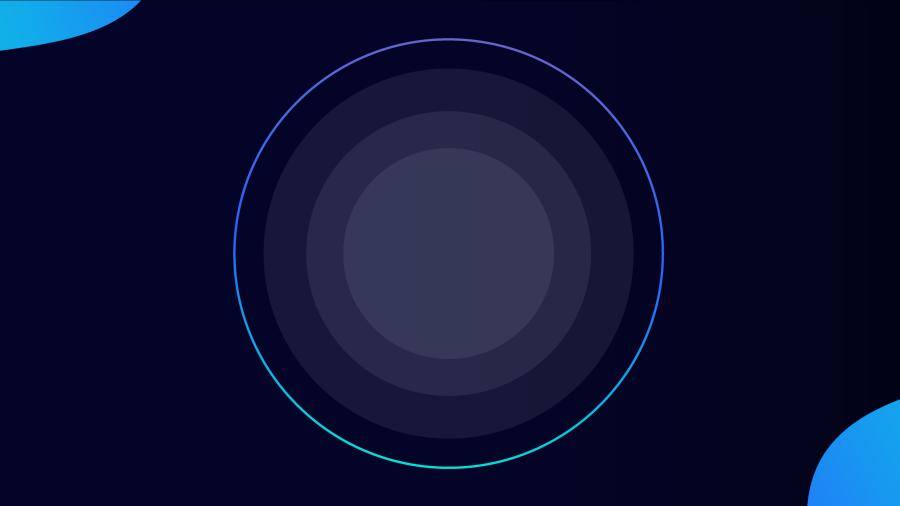
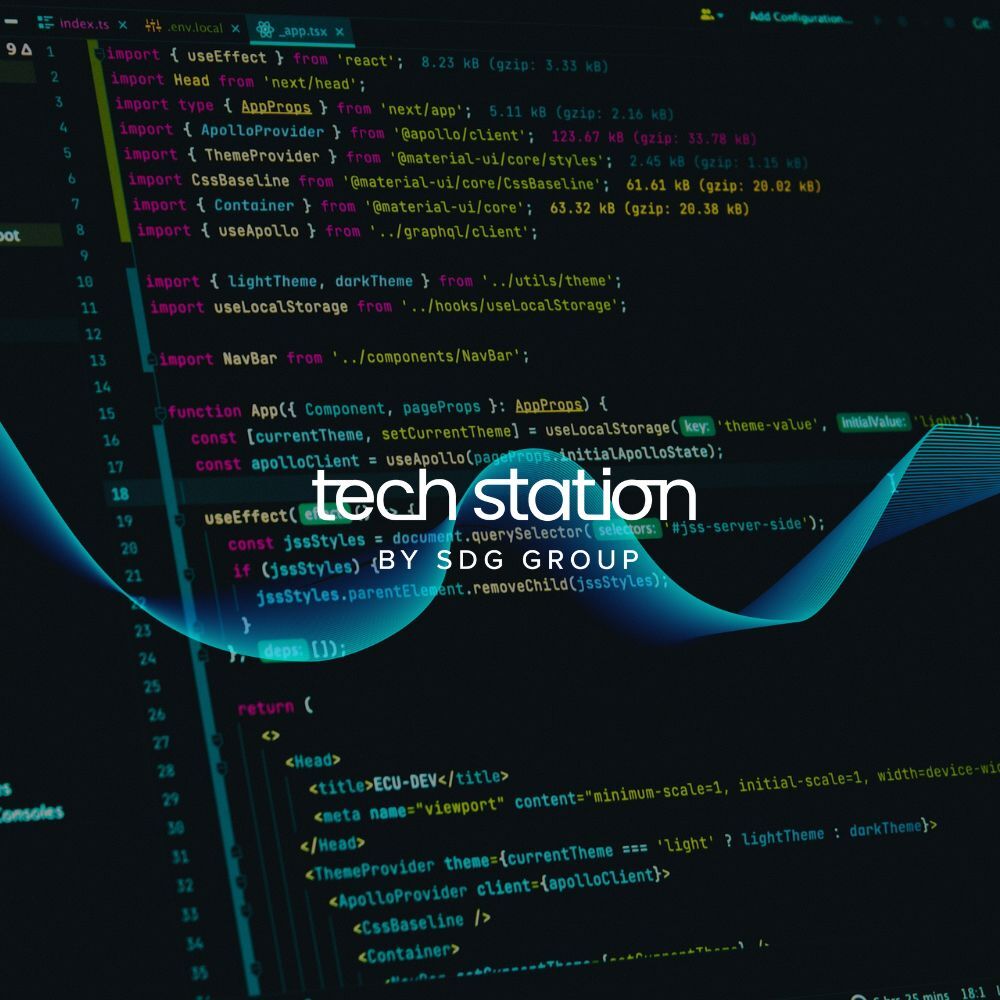
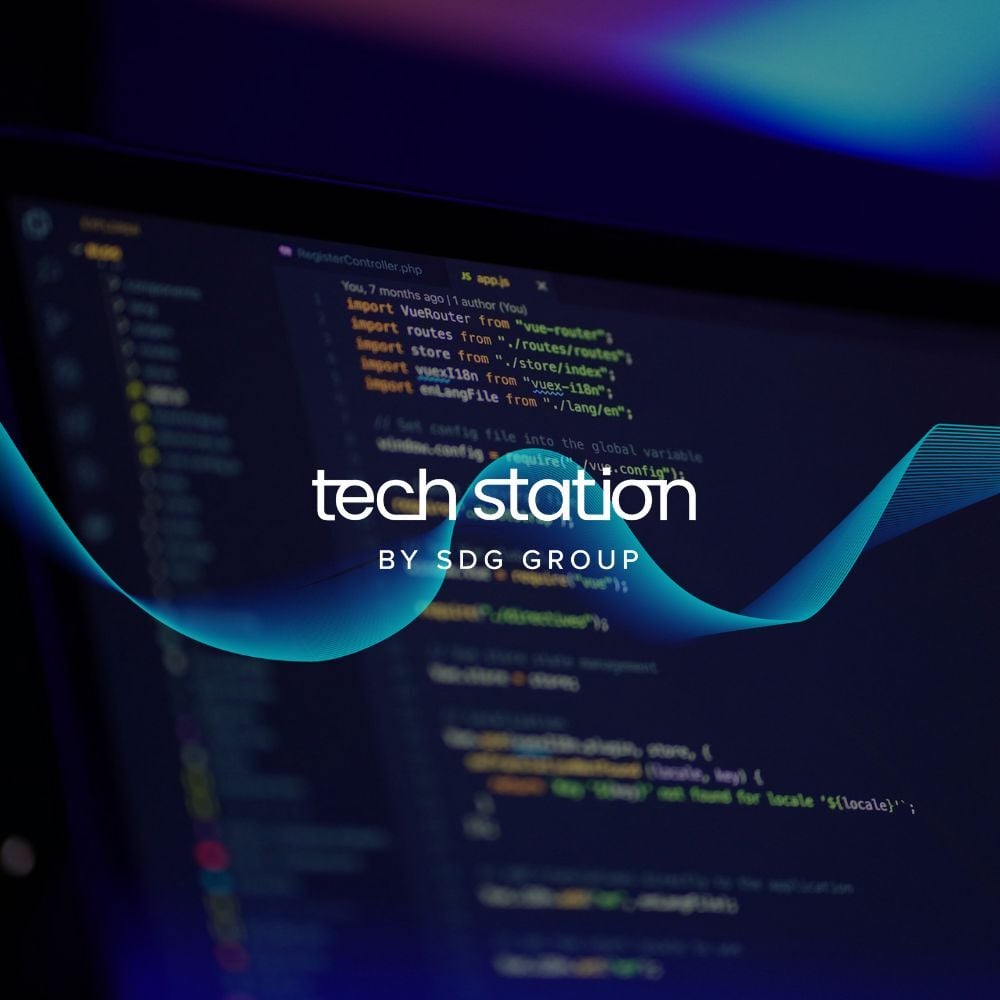
%20(3).png)
.jpg)
.jpg)

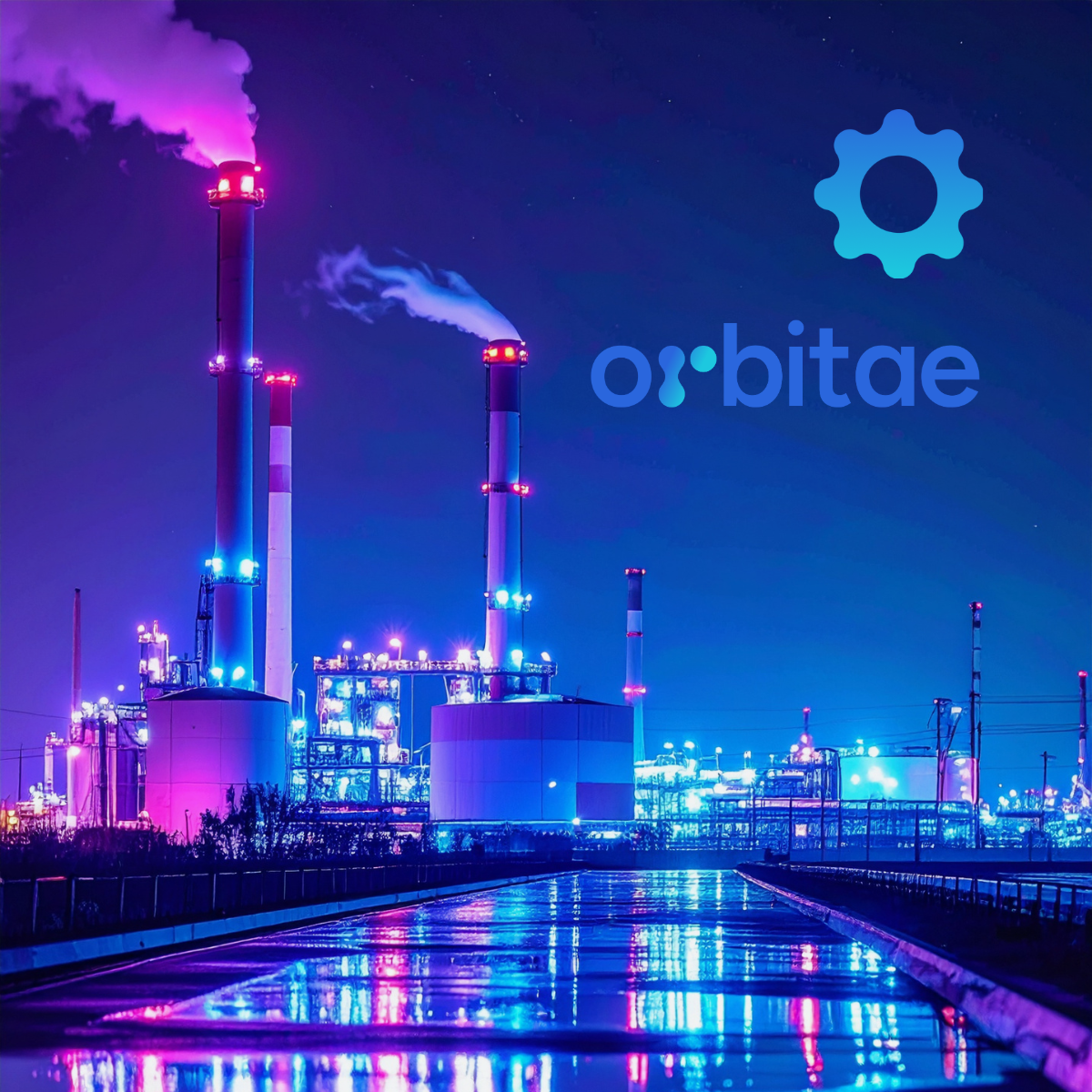
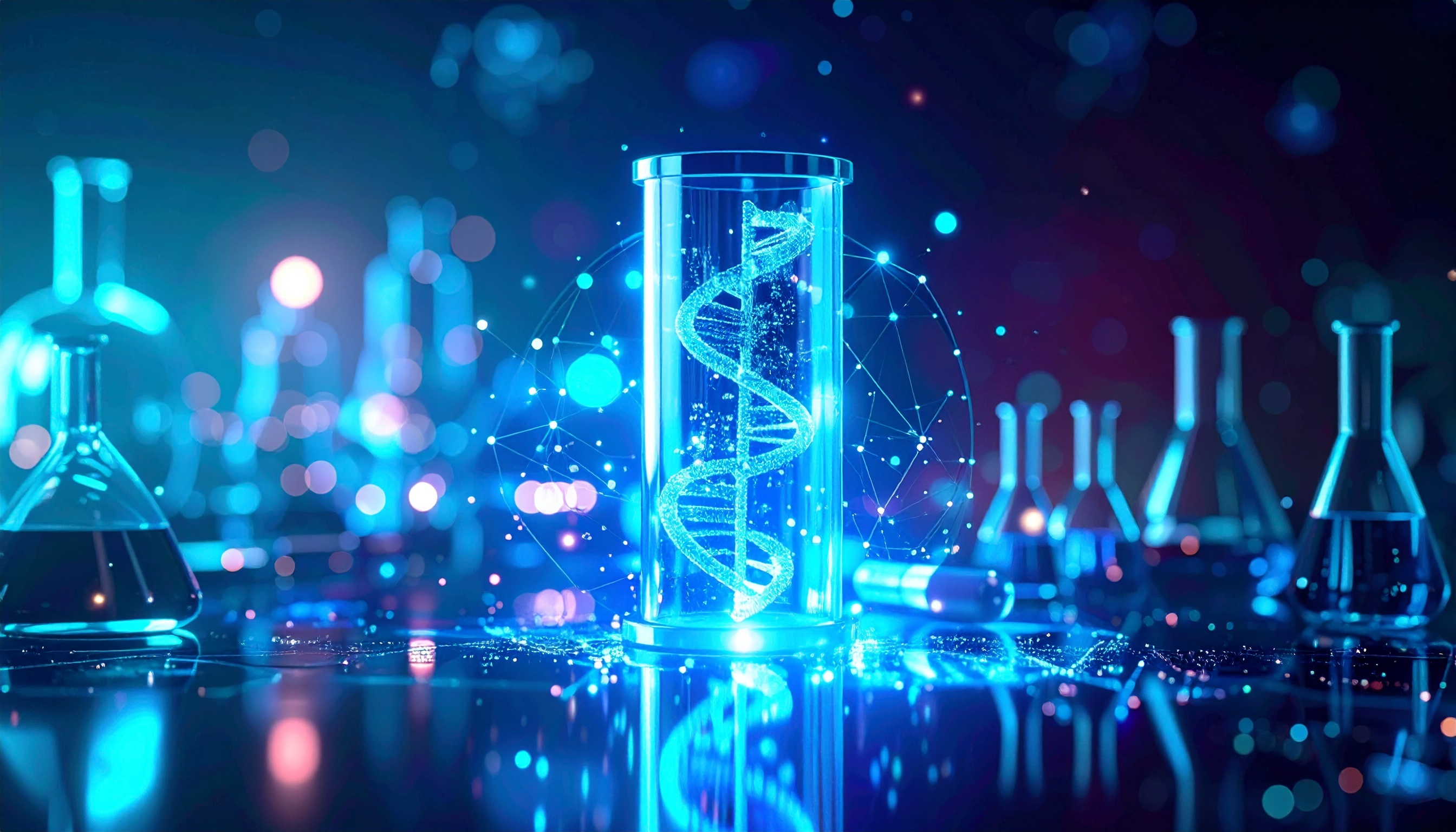
%20(2).png)

